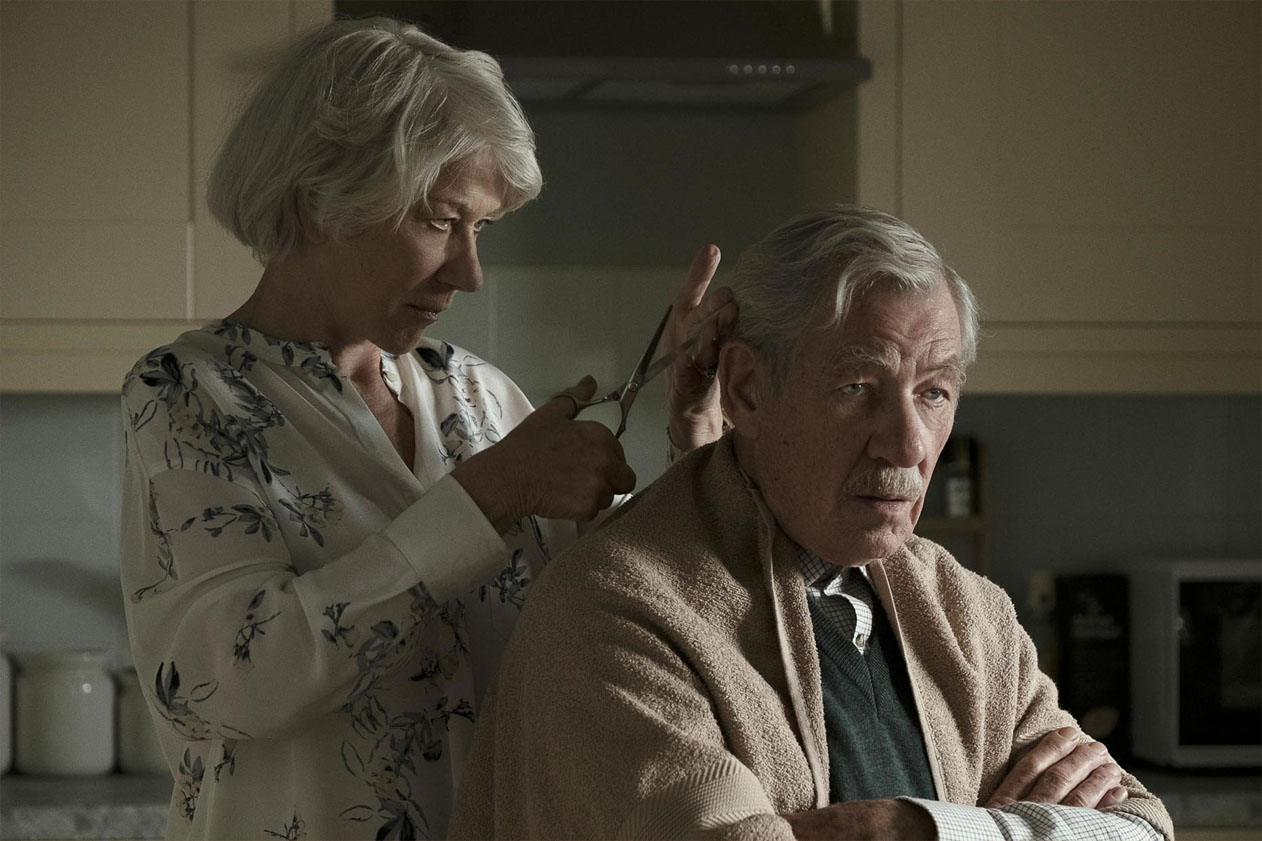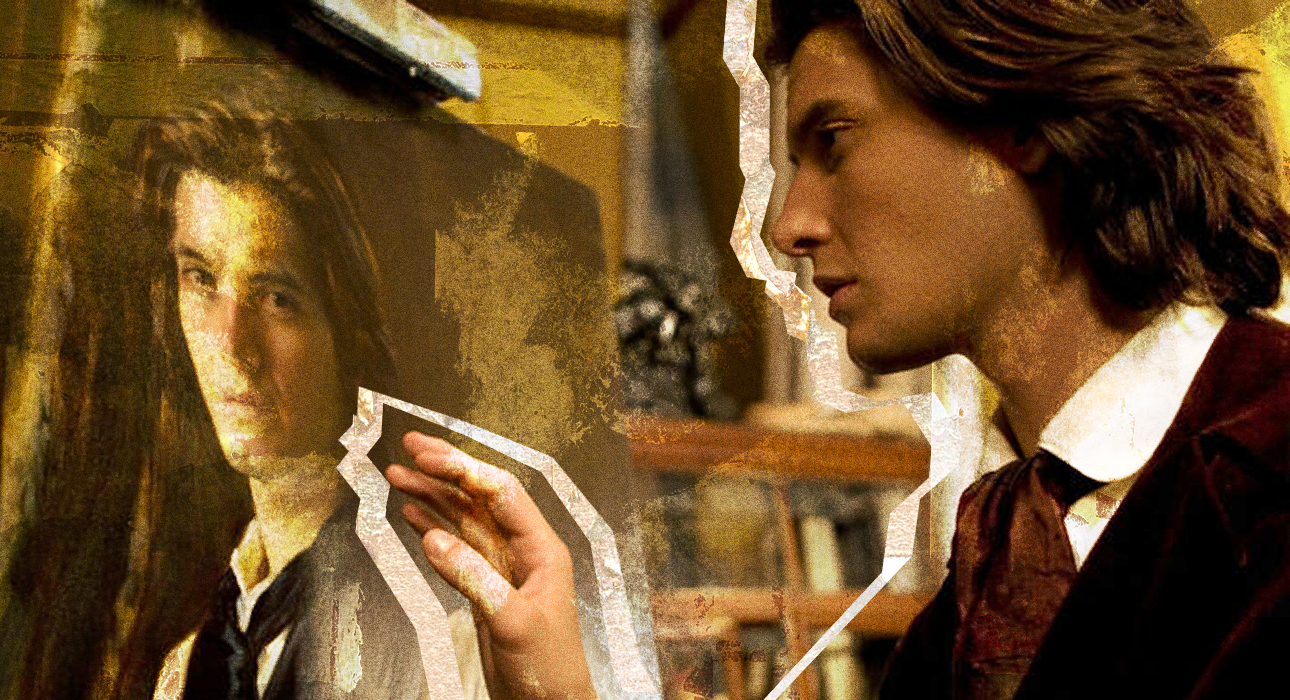According to statistics, one out of every six people in the world suffers from narcissism. And the other 5% have narcissistic personality disorder. And we don’t know if we’re going to surprise you, but 75% of these people are men.
Such a comment was seen in the conversation “After an affair with my Narkam (short for “Nazis” – Ed. note), I am ready to cast aside all men who come within three meters of me. The New Wings Telegram channel where women deconstruct their painful relationships with narcissistic men and share their personal stories. Members of this community can be divided into two types: Some are unable to recover from their relationship with a narcissist, while others have long survived this trauma and are now trying to help others come out of this pit.
In general, the concept of narcissism has received more attention than ever before in recent years. The popularization of films and serials, in which one of the characters does not give life to those around him, turned into the fact that daffodils are no worse than Prince Charming. But is narcissism always a pathology? And do you have a healthy love for yourself that doesn’t cross borders?
Analytical psychologist Olga Makarova explains how we can distinguish healthy narcissism from narcissism, which is better hidden from prying eyes.

Olga Makarova, psychologist
To begin, we select three types of narcissism, which we will consider in turn:
– healthy narcissism;
– pathological narcissism;
– narcissistic trauma.
Healthy or Primary Narcissism
It is a stage that everyone goes through in childhood. This is the primary stage of development, the first stage of ego formation. It can be described as follows: The child feels omnipotent and sees the whole world as its continuation. “I wanted to eat, I thought, and now they are already feeding me. Everything is my extension, the world exists to serve me, other separate entities and they have no interests. I am the whole world.”
The child needs it, at this stage he feels that the surrounding reality is safe and that his needs can be met.
In addition, the task of the mother is to reflect the child as a separate person with his own characteristics, to see his separation and uniqueness. If everything works out without serious failures, the stage is successfully completed, the child acquires a healthy narcissism and develops further.
What does a person who successfully passes this stage receive? A sense of self-importance. Conditionally – we are regulars, and the world is good. Being yourself is cool and safe, you can and should show yourself, our individuality is beautiful and priceless.
Narcissism is pathological or secondary

But if there is a serious failure in what has been said above and the human soul is stuck in this infantile narcissistic stage, it will not be able to get past it. narcissism is pathological or secondaryor narcissistic personality disorder.
And in fact, this is exactly what is so actively discussed in forums, channels and comments. This is the narcissism that was created in honor of peoples and communities with topics like “How did I become a victim of a narcissist”.
“I am the whole world” – this is how a baby thinks at a narcissistic stage of development, and an adult whose soul has not left this stage thinks the same way. For him there are no separate people around, he does not see them. Everyone is his narcissistic extension, so he tries to surround himself with the best. Thus, he manages to believe that he too is nothing. The clinical narcissist has no empathy, has no understanding of how others feel, and is not interested. True, he can learn to guess whether it will be useful to him.
“If the world was made for me and I am the whole world, then I must be very unique, right?” Everything is unique to a narcissist – love, career, walking, suffering. By the way, one of the reasons this disorder is not suitable for therapy is that “no one can heal me and understand my unique suffering and you do nothing because you are just a psychotherapist.”
Often narcissism is understood as narcissism, which is completely wrong. It may seem like self-love, but the real secret and characteristic of the pathological narcissist is that he does not know and loves himself at all, and he feels a terrible emptiness inside. And he is afraid that someone else will notice him.
It takes an unimaginable amount of energy to develop and nurture a glorious false self. A facade that hides its inner space from others. Therefore, narcissists are very fond of brands, status, status friends, shiny cars and shiny careers – in general, they need the best. So he defends himself and tries to hide his extremely fragile, vulnerable and painful true self.
In fact, narcissistic personality disorder is a serious psychological disability. Because it is not cured and this void is not filled with anything. Therefore, the popular idea that narcissists are happy, narcissistic bastards who always win because they don’t care is completely wrong. They are in a lot of pain.
narcissistic trauma

The third type of narcissism that is important to mention is the narcissistic trauma, the trauma of rejection. It is important to understand that absolutely everyone has some form of narcissistic disorder. The only question is the degree, and if the degree is sufficient, then a trauma occurs and a narcissistic character is formed in the person. Fear not if you find many of the characteristics described in relation to narcissistic disorder – they may also be characteristic of a person with a narcissistic injury.
The difference will be the following features:
a) most likely will not be pronounced dramatically;
b) difficult and difficult, but still recognizable and integrated into consciousness and therefore partially overcome.
The clinical narcissist will never really be able to do that. Another clue is empathy. It can be used by people with narcissistic trauma. With pathology – no, not at all.
There is a little exercise to help you explore this topic in your soul. As mentioned earlier, everyone has a narcissistic disorder as everyone has experienced a sense of rejection at one time or another. You cannot grow without it, it is part of development. And some parts of us were rejected in one way or another in the parental family. How to check? Remember in what manifestations you were “too much” for your parents. Too loud or too quiet, too aggressive, too frivolous, too smart, too stupid. These will be the parts where the person suffers a narcissistic wound and experiences rejection. Everything else and all its manifestations in relationships – love, friendship, work – are only echoes and reflections of the first experience, such a tail that we always drag it behind us.
What should you do if your partner is narcissistic?

What I want to say separately – about the already mentioned victims of daffodils. If you think you are in a relationship with a narcissist, it is very important to realize three things.
“You are also a narcissist in a way, at least a narcissist injured person. Otherwise you wouldn’t be in this relationship. There is such a thing as victim narcissism; This is when a person essentially enjoys the uniqueness of their suffering, the uniqueness of their unhealthy relationships, and also what a unique villain they have. This is also narcissism. And hanging out in groups where they discuss narcissists and their tricks is its bulge.
– The word “reflection” was mentioned earlier in the material, but in a relationship you can not do without it. A person reflects in the narcissist his majestic side, confidence, dignity, brilliance and uniqueness. For some reason you can’t have them. The narcissist projects his worthlessness onto you, thus humiliating and neglecting you. It is important to see this and assign your own good parts to yourself, then such relationships can be bypassed.
– The focus should be on yourself and the main question should be: “Why did I find myself in this relationship? What brings me to them?”
Only the return of responsibility for one’s own life and self-focus can lead to harmony and healing. By the way, this does not just work with narcissism – it is one of the most universal and fundamental laws in psychology.
Source: People Talk
Errol Villanueva is an author and lifestyle journalist who writes for The Fashion Vibes. With a passion for exploring the latest trends in fashion, food, travel, and wellness, Errol’s articles are a must-read for anyone interested in living a stylish and fulfilling life.





